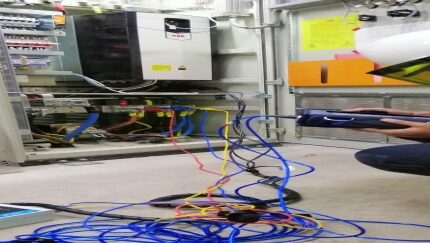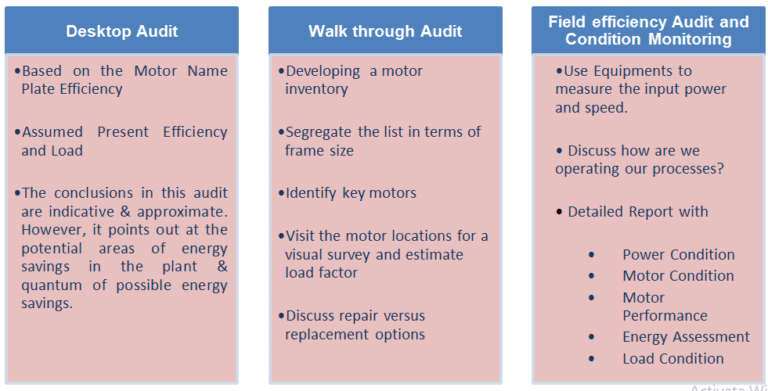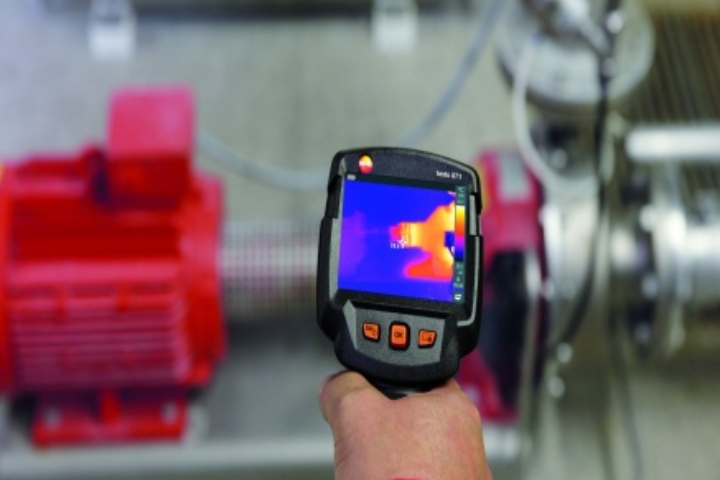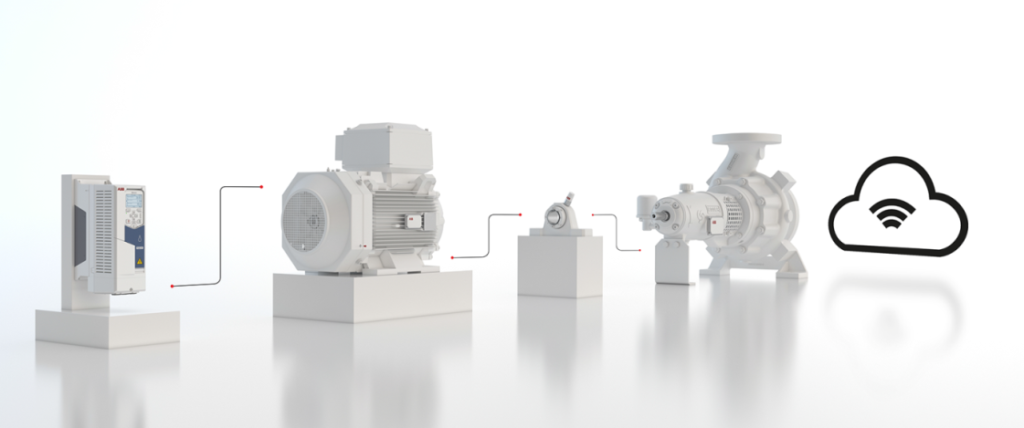


A motor is only one part of a “Machine System” that includes: Power in, the Motor and the Load. To fully analyze a motor’s health, we must be able to see the complete picture, including all aspects that affect the normal operation of the motor.
Motor OptiSave is a portfolio of services that offers a systematic way to assess energy efficiency, performance and reliability of electric motors with combination of Mechanical Vibration Measurement and Motor Current Signature Analysis to give overall of condition of entire Motor Driven System while the motor is running under normal conditions. The testing provides comprehensive information on general condition, operation, load, power supply and drive of the motor.
| Power Condition | Motor Condition | Motor Performance | Energy Assesment | MPT and Load Condition |
 |
 |
 |
 |
 |
| Power level Voltage Level Voltage unbalance Current unbalance Total distortion Harmonics |
Rotor Cage Problem Inturn Turn Short Unbalance Misalignment Bearing Condition Installation Quality Lubrication Eccentricities Bearing Current Discharge |
Rotor Cage Problem Inturn Turn Short Unbalance Misalignment Bearing Condition Installation Quality Lubrication Eccentricities Bearing Current Discharge |
Operating Efficiency High Efficient Motor Energy Saving Potential VFD Possibility ROI Payback Period |
Power level Voltage Level Voltage unbalance Current unbalance Total distortion Harmonics Rotor Cage Problem Inturn Turn Short Unbalance Misalignment Bearing Condition Installation Quality Lubrication Eccentricities Bearing Current Discharge Effective Service Factor Operating Condition Over or Under Load Speed Torque Operating Efficiency High Efficient Motor Energy Saving Potential VFD Possibility ROI Payback Period Gear Box: Gear wear Gear looseness Misalignment Tooth faults Shaft faults Bearings Load: Misalignment Looseness Bearings Cavitations Flowturbulence Blade faults |
Vibration analysis measures the vibration at critical points of a motor when it is running. The vibration levels are recorded using a data collector and vibration transducer at various points around each end of a motor or other form of rotating equipment. Following the visit, the data is downloaded and analysed by qualified personnel and a report generated detailing all the alarm areas found during the visit together with reasons for the alarm and recommended actions to prevent breakdown.






The Motor Current Signature Analysis (MCSA) identifies possible power circuit problems that degrade motor health, examines overall motor power conditions, monitors the load and observes motor performance plus estimating energy savings. It provides information on
1.Power Condition
2.Motor Performance
3.Motor Condition
4.Load and energy assessment.

Motors use almost one third of the world’s electrical energy. That means they account for a substantial part of the total human ecological footprint. Here are few suggestions that can help you to save energy in Electric Motor Drive Systems:
1.By replacing inefficient motors with premium efficient motors equates to significant cost savings over the life of the motor.
2.Replacing older, oversized motors with properly sized ones offers huge energy saving.
3.Centrifugal loads offer the greatest potential for energy savings by using variable frequency drives (VFDs) to control speed.
TriElectric offers various package services for Energy Efficiency Audit for Motors with a report showing payback on investment for each of the applications audited, showing energy and monetary savings.


Electric motors are more vulnerable to suffer electrical erosion in bearings especially when they are used with a variable speed drive (VSD). When incorporated into a predictive maintenance programme, the measurement can help detect bearings more susceptible to failure, and to a significant degree, prevent unplanned machine downtime.


All motors should list the normal operating temperature on the nameplate. While the infrared camera cannot see the inside of the motor, the exterior surface temperature is an indicator of the internal temperature. As the motor gets hotter inside, it also gets hotter outside. Thus, an experienced thermographer who is also knowledgeable about motors can use thermal imaging to identify conditions such as inadequate airflow, impending bearing failure, shaft coupling problems, and insulation degradation in the rotor or stator in a motor.
It’s important to detect overheating of the motors because hot windings deteriorate rapidly. In fact, every increase of 10°C on a motor’s windings above its design operating temperature cuts the insulation life by 50%, even if the overheating is only temporary.




The ABB Ability™ Smart Sensor converts traditional motors into smart, wirelessly connected devices. It is attached to the frame of low voltage induction motors. No wiring or machining is needed.
The ABB Ability™ Smart Sensor picks up data on vibration, temperature and other parameters that can be used to gain meaningful information on the condition and performance of the motor, enabling users to identify inefficiencies within their system and to reduce risks related to operation and maintenance.